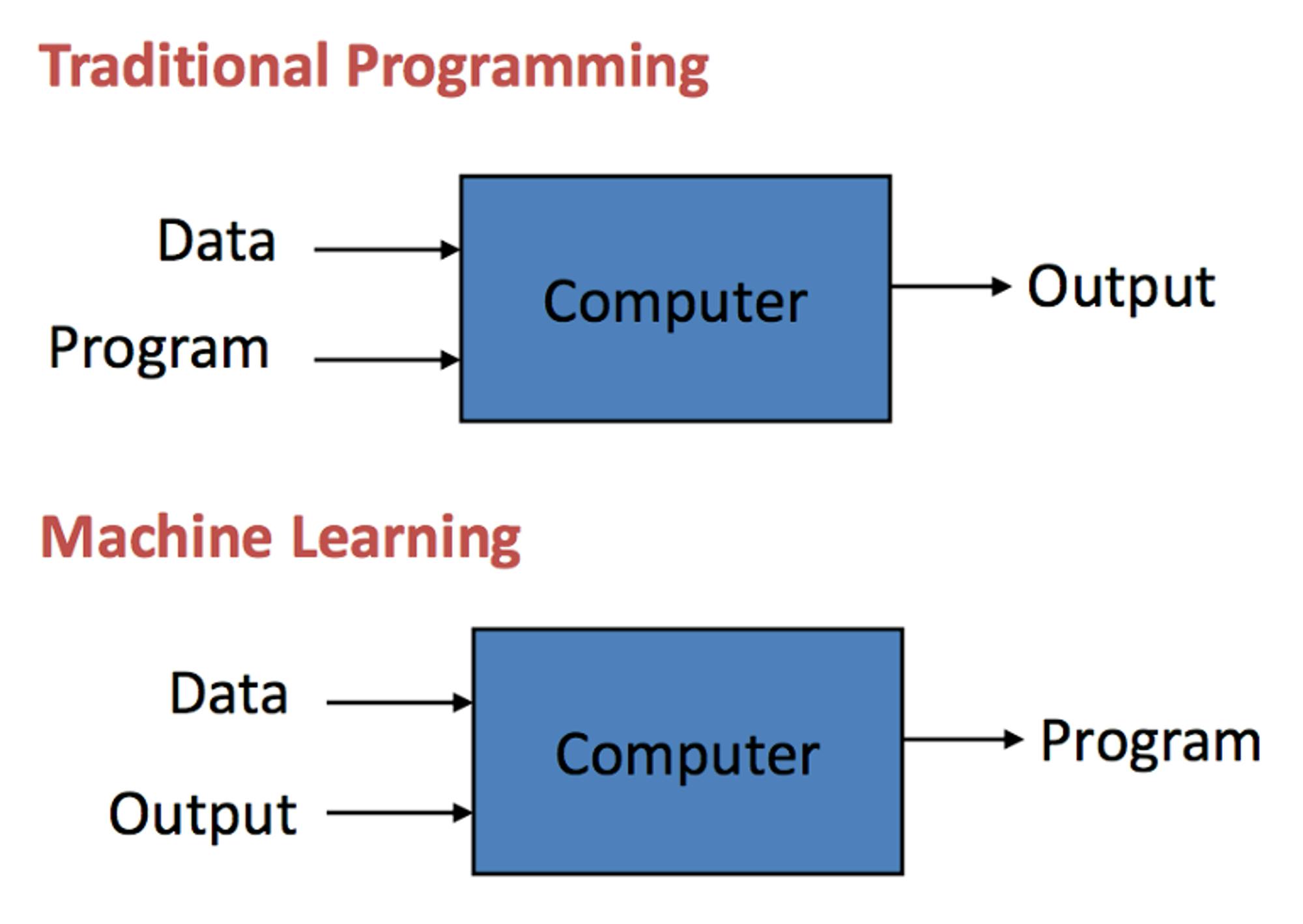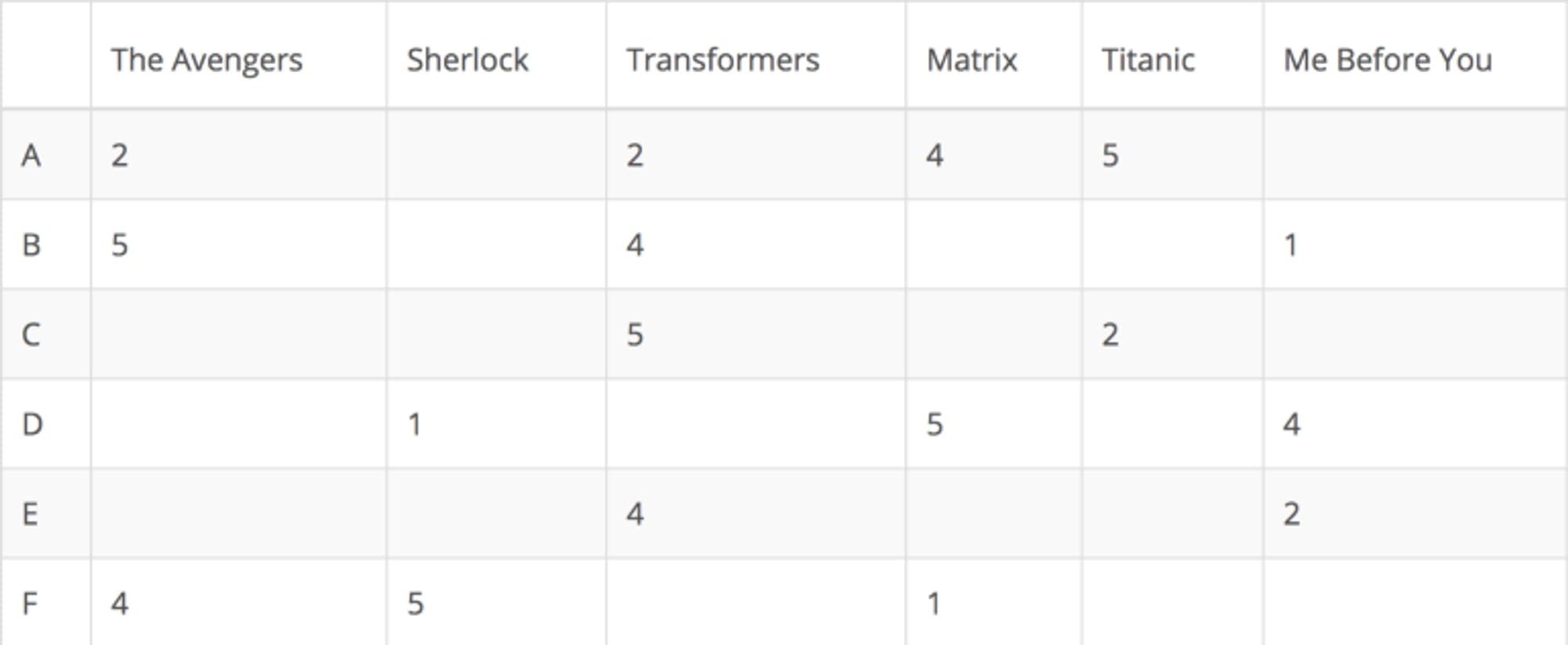The development of MarTech has been incredibly rapid. The number of MarTech companies rocketed from less than 150 in 2011 to more than 7000 in 2019, an increase of over 46 times! It seems that MarTech has great potential to generate more revenue and decrease costs, but the unknown risk lurking ahead also appears to be intimidating. In this series, I will discuss the good, the bad, and the ugly of MarTech, starting here with the good.
TL;DR
The good applications of AI for MarTech include Recommender Systems, Personalized Content Generators, Sales Forecasting and Sentiment Analysis
What is MarTech?
MarTech is short for “Marketing Technology”. It refers to technologies that help optimize the marketing procedures. This term was coined by Scott Brinker, who is also known as “The Father of MarTech”. He categorizes MarTech into the following 6 domains:
- Advertising & Promotion: Programmatically generating or posting advertisements.
- Content & Experience: Related to the production of content and the optimization of UX/ UI, such as personalization, SEO optimization, and content marketing.
- Social & Relationships: Social media or direct engagement with customers to improve conversion rate, such as chatbot and customer relation management.
- Commerce & Sales: Directly related to commerce activities and sales conversion, such as sales automation and e-commerce platform.
- Data: Everything related to data, such as business intelligence, Data visualization, and customer data platform.
- Management: Tools that help manage staff, products, finance, and projects.
Of course, these domains are not mutually exclusive. Some solutions may span across multiple areas. For example, recommender systems utilize users’ behavioral data and contextual information to generate personalized product recommendations for optimizing the conversion rates. Therefore, we can say that they cover the 2nd, 4th, and 5th domains. In the next section, we will see how Artificial Intelligence can be applied to these different domains.
When MarTech Meets Artificial Intelligence
Artificial Intelligence refers to intelligence demonstrated by machines that behaves like human or thinks like human. People often possess the misconception about AI as machines or algorithms that can learn by itself. In fact, that misconception is the definition for Machine Learning (ML), a subset of AI. ML explicitly refers to algorithms that learn the rules based on pairs of data and expected outputs.

Comparison between ML and other algorithms (https://i.pinimg.com/originals/3a/42/97/3a4297c9a348c65f6a37b58ab638ed3d.png)
AI vs ML
Okay… so now you are telling me that ML ≠ AI and that the “machines learns by itself” and the “singularity” things are specifically referring to ML. Are you suggesting that some of the “intelligence” of the AI products could be pre-defined or pre-instilled by humans? Bingo! As a matter of fact, the majority of chatbot services nowadays, still rely on human-defined query-response rules, making the system literally “artificial” intelligence.
I am not saying they suck. Actually, they are doing a pretty good job by saving a lot of time for managing customer relations. Such approaches have been dominating the markets because the ML-based counterparts are not mature enough yet. Yet, it is hard to foresee when the latter would surpass the former one.
Good Applications of AI on MarTech
In addition to Chatbot, let’s discuss some applications of AI on MarTech. We will especially focus on Machine Learning.
Recommender System (RS)
Traditional RS approaches, such as Collaborative Filtering, consider user behavioral data and form a user-item matrix as demonstrated below. The goal is to predict the unknown ratings/preferences (empty entries) based on the known ratings.

User-item matrix illustration. A-F are users (https://medium.com/hackernoon/introduction-to-recommender-system-part-1-collaborative-filtering-singular-value-decomposition-44c9659c5e75)
At Rosetta AI, we leverage a Deep-Learning-based context-aware recommender system with specialization for different vertical domains to extract different features and optimize for various needs.
Therefore, our recommender system is capable of successfully modeling the temporal dynamics of user interests. The careful A/B testings between our system and others show that our customers have improved their conversion rate by 248% and click-through-rate by 297% on average.
Personalized Content Generator
With Generative Adversarial Neural Network, meaningful automatic text generation is no longer impossible. Given the behavioral information and demographic data of the target user, a delicately implemented and tuned model is capable of generating personalized content which can be sent via email or SMS to maximize the retention rate. This could significantly alleviate the burden and workload of the marketing team.
Sales Forecasting
Sales forecast would enable merchants to determine the number of products/ ingredients to be ordered from their suppliers. By performing time-series analysis on the historical transaction data, we can obtain satisfactory prediction results on the expected amount of product sold next month or next quarter. Rosetta AI takes a further step. In addition to the in-site transaction data, we take into account other factors, such as weather and regional KOL’s opinions in order for more accurate sales forecasting. The actionable insight provided by this service saves the tedious effort for our customers to manually determine the quantity of products to be ordered in the future. More importantly, it helps minimize the warehousing costs resulted from overstocking.
Sentiment Analysis
Sentiment analysis on product reviews could help merchants understand the market’s opinion in an autonomous manner. After collecting all the reviews, sentiment analysis can be automatically performed. Coupled with proper data visualization, not only will you know what your users think, but you will also know what they like or hate about your products. All you need to do is open the console and read the neat results processed by the sentiment analysis system. Dealing with user complaints has never been so easy and efficient.
Conclusion
The above are some of the applications of MarTech. In the next chapter, I will illustrate some of the pitfalls or limitations of current MarTech and AI. Till next time!







.jfif?ixlib=gatsbyFP&auto=compress%2Cformat&fit=max&q=50&w=800&h=569)
